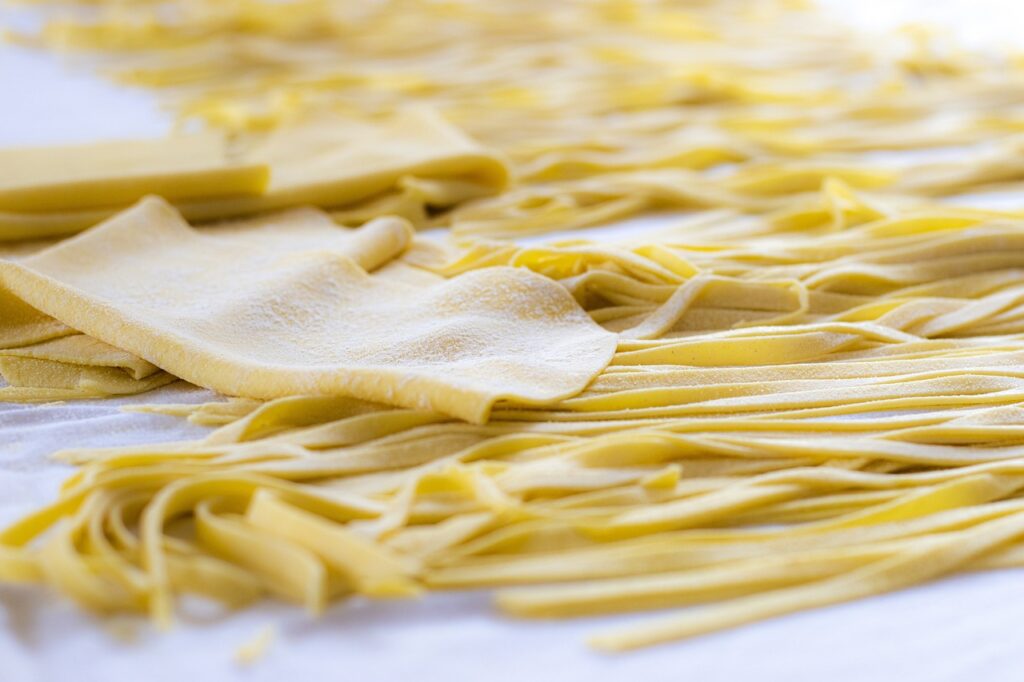
Pasta, the universally beloved dish that has found a place in the hearts and kitchens of people around the world, deserves a day of its own, and it has one – October 25th marks World Pasta Day.
This celebration of the iconic and versatile food staple serves as a reminder of the rich history and cultural significance of pasta. As we prepare to mark this delectable occasion, let’s take a delightful journey through the world of pasta, exploring its origins, global influence, and the countless ways it has evolved to tantalize our taste buds.
The Origins of Pasta
The exact origins of pasta are still a subject of debate, but one thing is clear: it has a long and storied history. Many believe that pasta can be traced back to ancient China, where noodles made from wheat or rice were prepared as early as 2000 BCE. It is believed that Marco Polo, the famous Venetian explorer, played a crucial role in introducing pasta to Europe upon returning from his travels in the 13th century.
Pasta in Italy
Italy has become synonymous with pasta and for a good reason. The country’s diverse regional cuisines have given birth to a mind-boggling array of pasta shapes and recipes. From the long and elegant strands of spaghetti to the small and delightful orecchiette, pasta in Italy is not just a meal; it’s a way of life. Italian pasta recipes range from the simple yet exquisite Spaghetti Aglio e Olio to the rich and indulgent Lasagna. In fact, Italy is the largest producer of pasta in the world, showcasing the deep-rooted love Italians have for this staple.
Pasta Around the World
Pasta’s global journey didn’t stop in Italy. As it spread across the globe, it adapted to various cultures’ unique tastes and ingredients. In Greece, they serve Pastitsio, a baked pasta dish with béchamel sauce. Japan has Udon and Soba noodles made from wheat and buckwheat, respectively. In the Middle East, we have dishes like Shawarma with pita bread and Israeli Couscous. In fact, many cultures have embraced pasta in their own way, giving rise to an extraordinary variety of dishes.
The Many Shapes and Sizes
Pasta comes in countless shapes and sizes, each designed to complement specific types of sauces and ingredients. Some of the most popular varieties include:
- Spaghetti: Long, thin strands that pair perfectly with tomato-based sauces and seafood.
- Penne: Short, cylindrical tubes with a diagonal cut, ideal for holding chunky sauces.
- Farfalle: Bow-tie or butterfly-shaped pasta that’s great for creamy sauces.
- Ravioli: Small pasta pockets filled with delicious ingredients, often served with a rich sauce.
- Orzo: Tiny rice-shaped pasta that works well in soups and salads.
The Creative World of Pasta
One of the most appealing aspects of pasta is its versatility. It can be incorporated into countless culinary creations, from Italian classics to fusion dishes. Chefs and home cooks experiment with pasta to create unique and imaginative recipes. Whether it’s black squid ink pasta, gluten-free alternatives, or vegetable-based noodles, pasta has continuously evolved to cater to dietary needs and changing tastes.